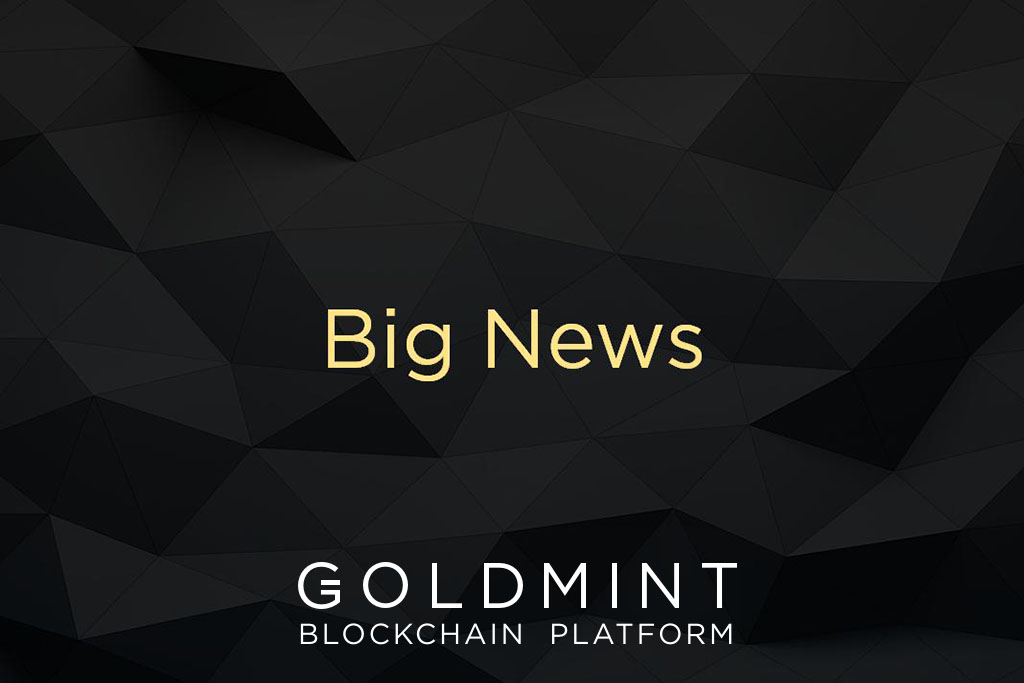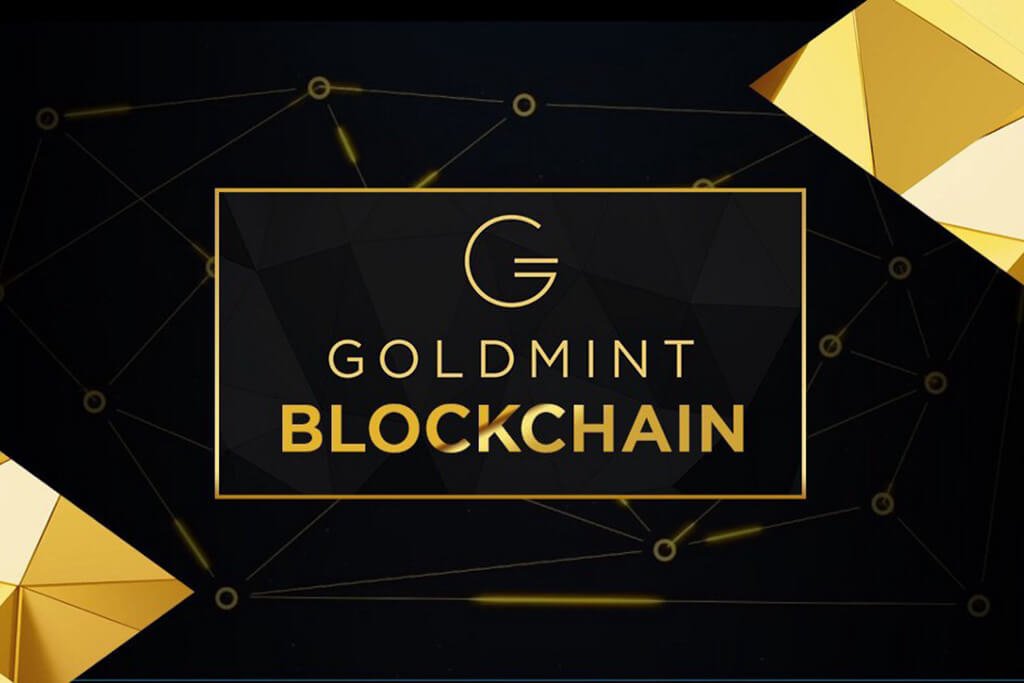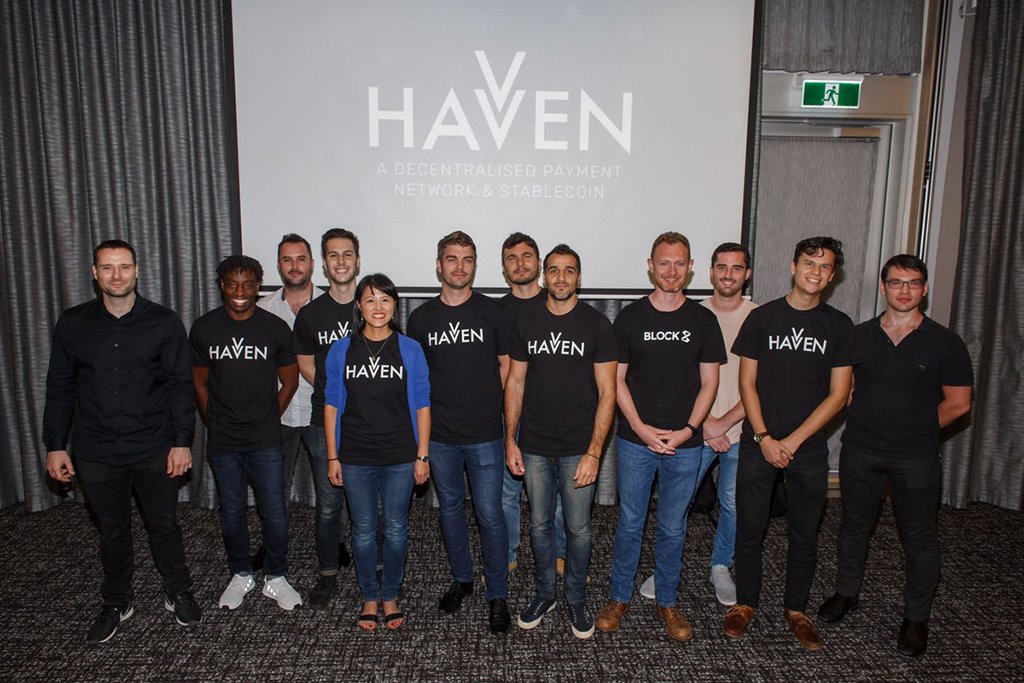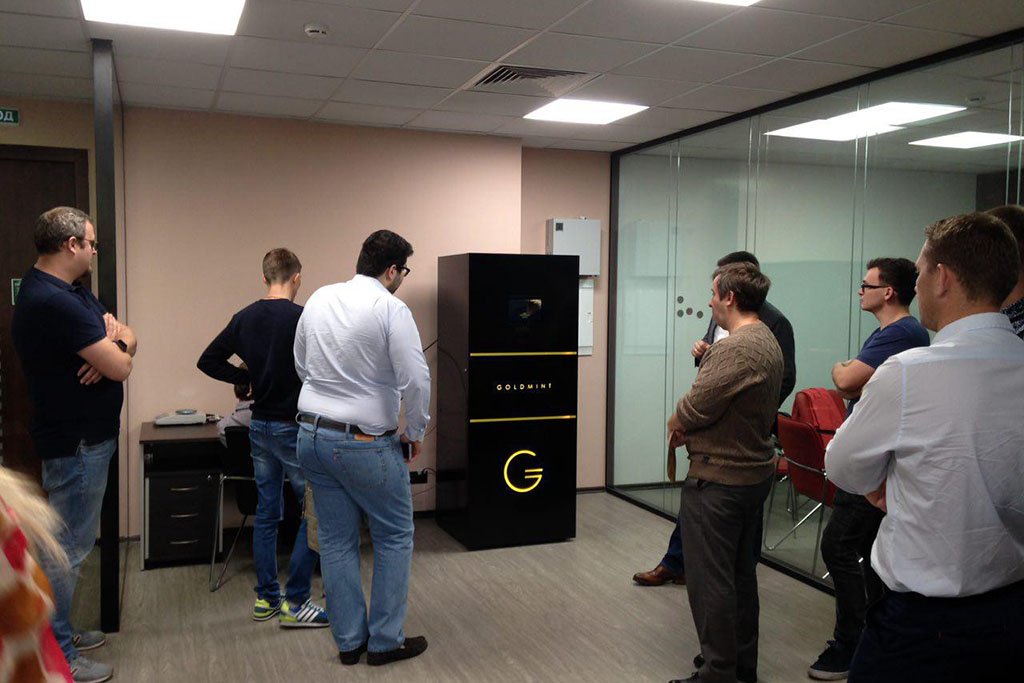
Postponing its ICO in the wake of recently imposed restrictions, GoldMint now considers the possibility of selling 8.2 million MNTP tokens while using its pawnshops-related business model as a leverage for investors.
The emerging of pawnshops dated back to the time of the first banks that, in turn, are the oldest financial institutions. It is not surprisingly, since there are rainy days when even the most prominent individual requires a small loan to get through hard times. However, being unified lending centers banks have frequently rejected granting personal loans, otherwise the process of data verification and further approval always takes long.
Therefore, an alternative loan provider was in high demand ever since. Today the pawning process has hardly changed, it still begins when a customer brings an item into a pawnshop where it is estimated and eventually the lender receives cash equivalent of pledged item. It is a risky business due to a lack of transparency, yet despite all its peculiarities, pawnshops are the only chance left for the huge number of people who have been cast out by the system.
This sounds unconvincing, but sometimes pawnshops as well are in dire need of credit money since currently available funds might not be enough for lending. At the same time, pawnshops are very difficult to issue credit to, because, as an entrepreneurial entity, they are extremely non-transparent due to the turnover of cash that is not actually accounted anywhere, and the pledge items that are in the pawnshop are not considered a legal property of the pawnshop.
To make the whole pawnshop process easier for both parties involved, the first blochchain-based lending platform GoldMint incorporates a cutting-edge technology of digital ledger to store executed transactions and thus ensure a secure and trustworthy business environment. From the ancient times gold proved to be the most sustainable and low-risk medium of exchange, hence the platform has chosen it to be a layer for its power tokens used for fundraising.
The “GoldMint — the blockchain for pawn shops” business model enables the transfer of pawnshop transactions into the GoldMint blockchain network in a hash form. It allows pawnshops to solve the issue of their transactions’ non-transparency and attract cheap financing.
Pawnshops pay commissions on their transactions for the use of the GoldMint blockchain network; the owner of the MNTP token receives part of this commission fee for storing data and participating in the transaction verification. To do so, the owner of the MNTP token has to increase the master node limit of the GoldMint blockchain to the minimum of 10,000 tokens.
As a part of its business model, GoldMint introduces a new token named PAWNGOLD . In fact, this acts as a receipt for the borrower, who has pledged gold in a pawn shop and promises to pay the borrowed money back. The current GOLD token as well as the MNTP token remains within the Ethereum blockchain as normal and is fully backed by gold. The exchange of GOLD to PAWNGOLD tokens occurs with a small spread.
In the first stage, the accounting system of trusted pawnshops (MosGorLombard) will act as the primary source of information about pledges, the integration with which will begin in the near future. Later on, pledge information will be synthesized, and Custody Bot will arrange the initial transactions of PAWNGOLD tokens within the blockchain.
Designed by GoldMint, Custody Bot represents a unique vending gold repository that utilizes a spectrometre and hydrostatic scales for inserting, evaluating and storing pledged gold items. As previously reported by Coinspeaker, GoldMint has signed a partnership with the UEA-based jewelry company Emperesse Bullion allowing active usage of Custody Bot in Dubai.
Notably the platform has recently reached a provisional agreement on its cooperation with three payment systems including Decta (Visa/MasterCard), Cryptocapital (bank transfer services), and Coin Gates (cryptocurrency sales). To date, the development team has already integrated a Decta card billing into the blockchain for the purchase of GOLD tokens while the blockchain demonstrates its capacity to handle about 15,000 transactions per minute.


